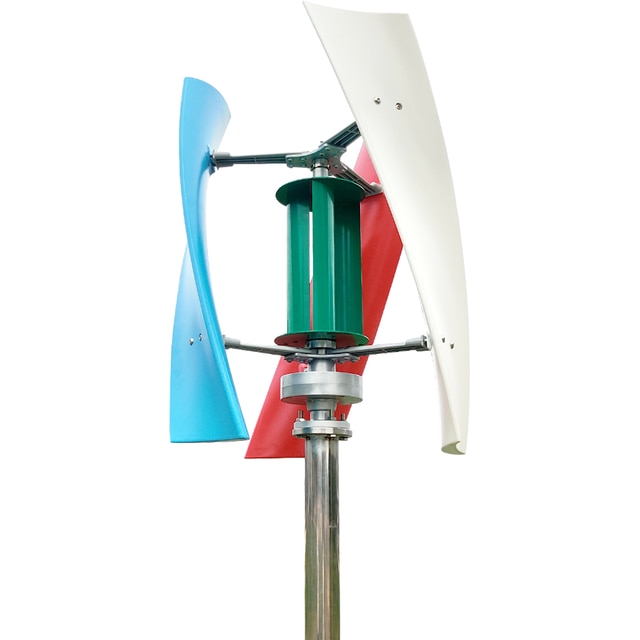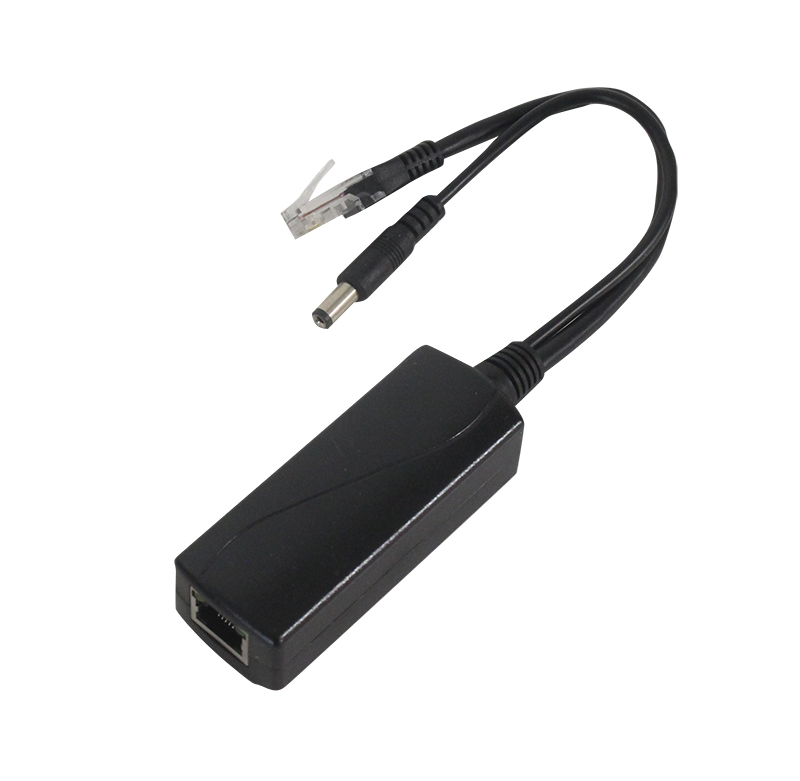I think this is a missed "learning opportunity" for the kids if you have the adults try to bludgeon 120V power into the tree house. Remember, 120V is dangerous. Yes, yes, GFCI's try to reduce the danger, but if your child makes contact with hot and neutral, GFCIs won't care. If you don't have that fear of AC mains electrical, acquire it and pass it on.
Given that all your loads are easily powered with 12 volts DC, and that's kid-safe, I think it would be much more worthwhile to implement it that way. It does a bunch of things for you, both in practical needs but also in "STEM knowledge", i.e. making your kids more comfortable with tech. Like the Maker Faire people say, "Atoms are the new bits" i.e. "being able to actually build stuff in a technology context is becoming more important than knowing how to code." I think it would be foolish to miss such an opportunity.
The hardware is no problem. 12V LED lighting is easy to buy, and you can do a lot of creative stuff with stuff like the light strips. ($8 for a 16 foot roll, can't beat it). 12 volt USB chargers are sold more places than eggs. Literally every gas station, convenience store, grocery, cell phone shop, dollar store, etc. has a rack of USB chargers, with some made for the cigarette lighter port on cars - that's your 12V USB adapter right there.
For a battery, any 'jump starter' will suffice, or they can use a raw battery by adding fuse or breaker protection. (fun fact: the Square D "QO" line of home circuit breaker panels are certified for DC power up to 48 volts.)
Now what about replenishing the battery? Now the fun begins. Now we can use solar, and that invites lots more learning (possibly for you), including the idea of energy management/conservation and the value of self-sufficiency.
Which is something that will be very real for them, given that battery prices (cost per kWH) are in free-fall as EV adoption drives technology and scale, ... and raw solar panels have been dirt cheap for awhile. (the cost is in the entitlements, installation, financing, utility agreements etc.) Utilities are strongly incentivizing people to "time-shift" their utility loads away from peak hours, so "home batteries" are gonna be a thing. Already homesteaders in rural areas are "cutting the Big Cord" and installing very effective solar/battery systems (we're talking perfectly nice houses, not hovels)... and mind you, the tech is in its infancy. By the time your kids are buying a house, it'll be easier. So "I did that in my tree house!" is a great experience for them to have.
Yes, the DC power system will require design and maintenance, it's not just bog-standard house wiring. But again, that will engage them to it, and make them feel like they're free to design it, and not simply having to sit on the sidelines while the grown-ups do something dangerous.







